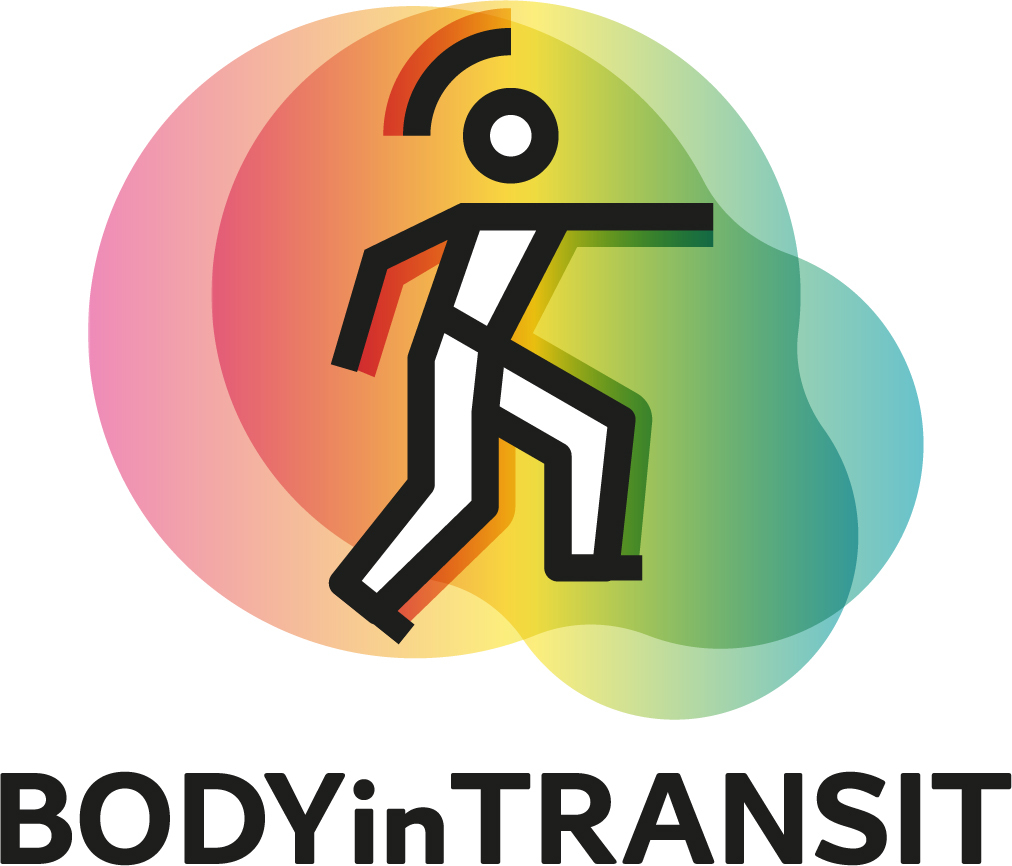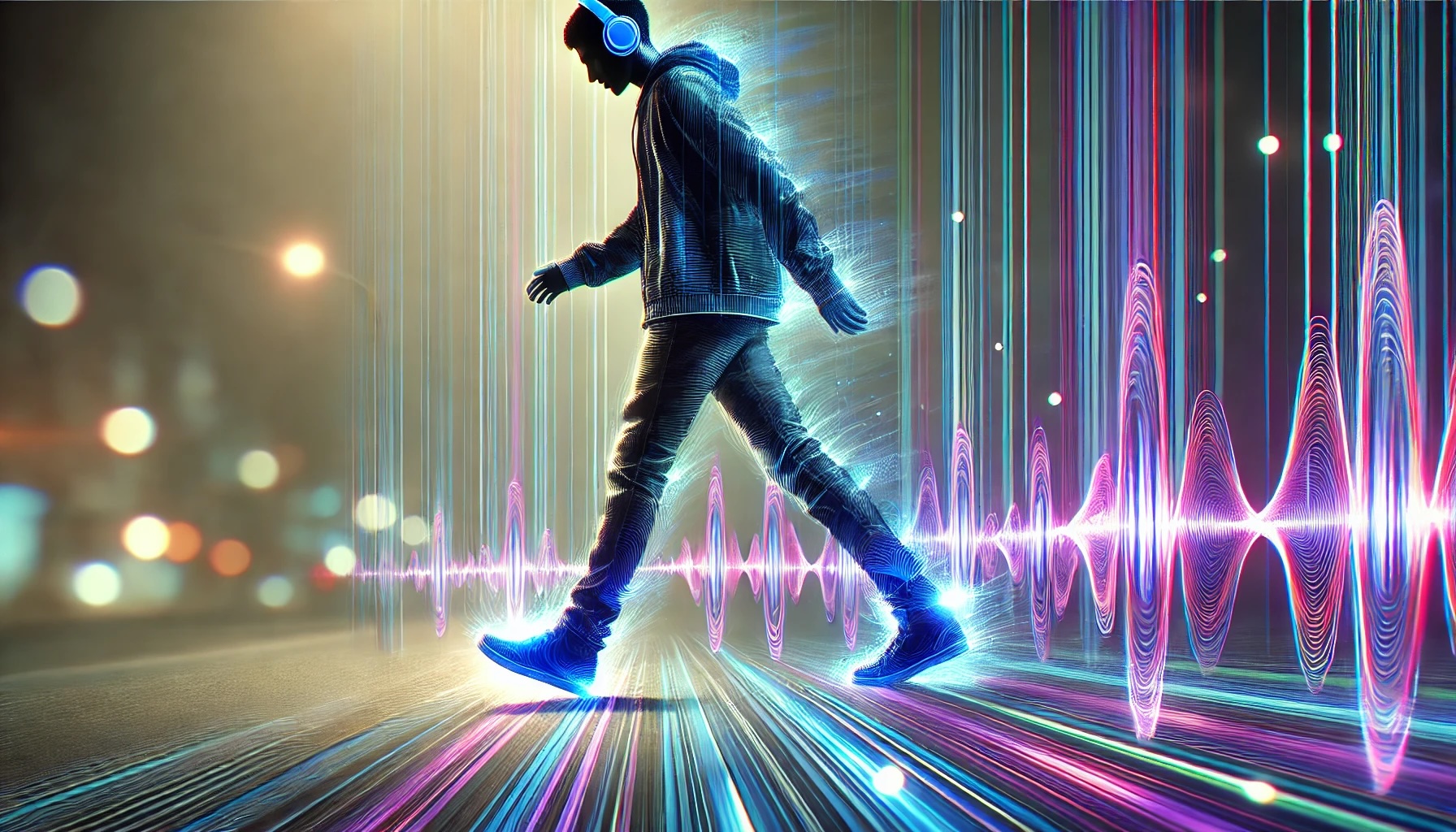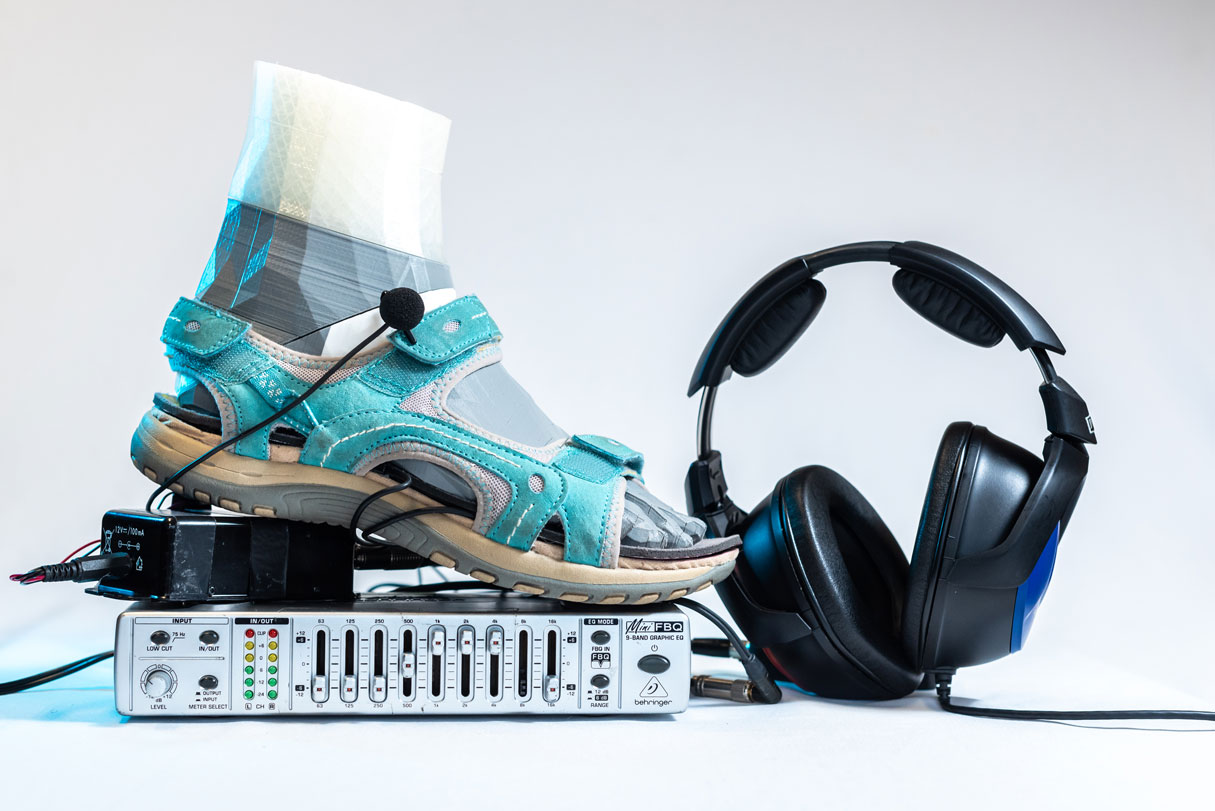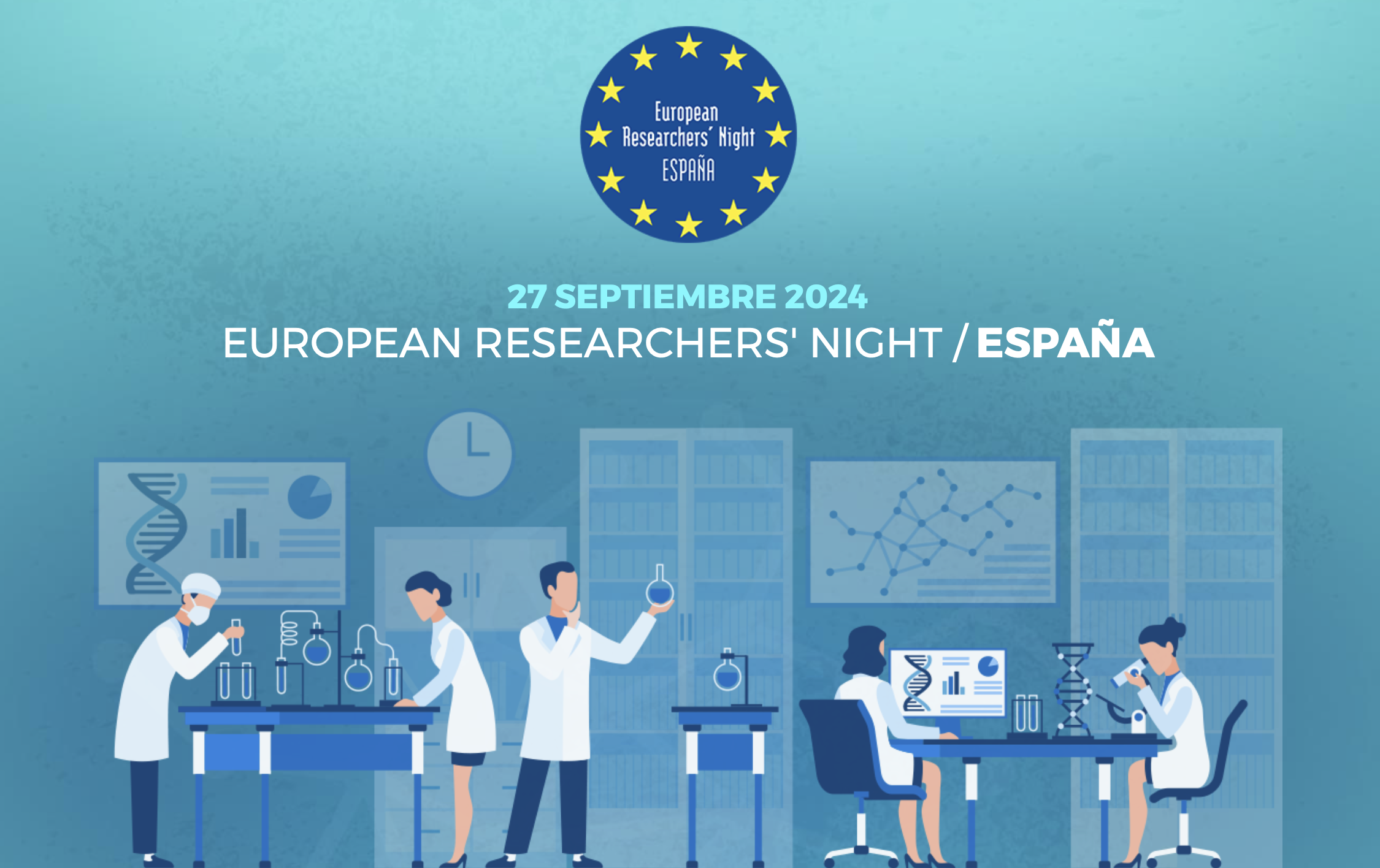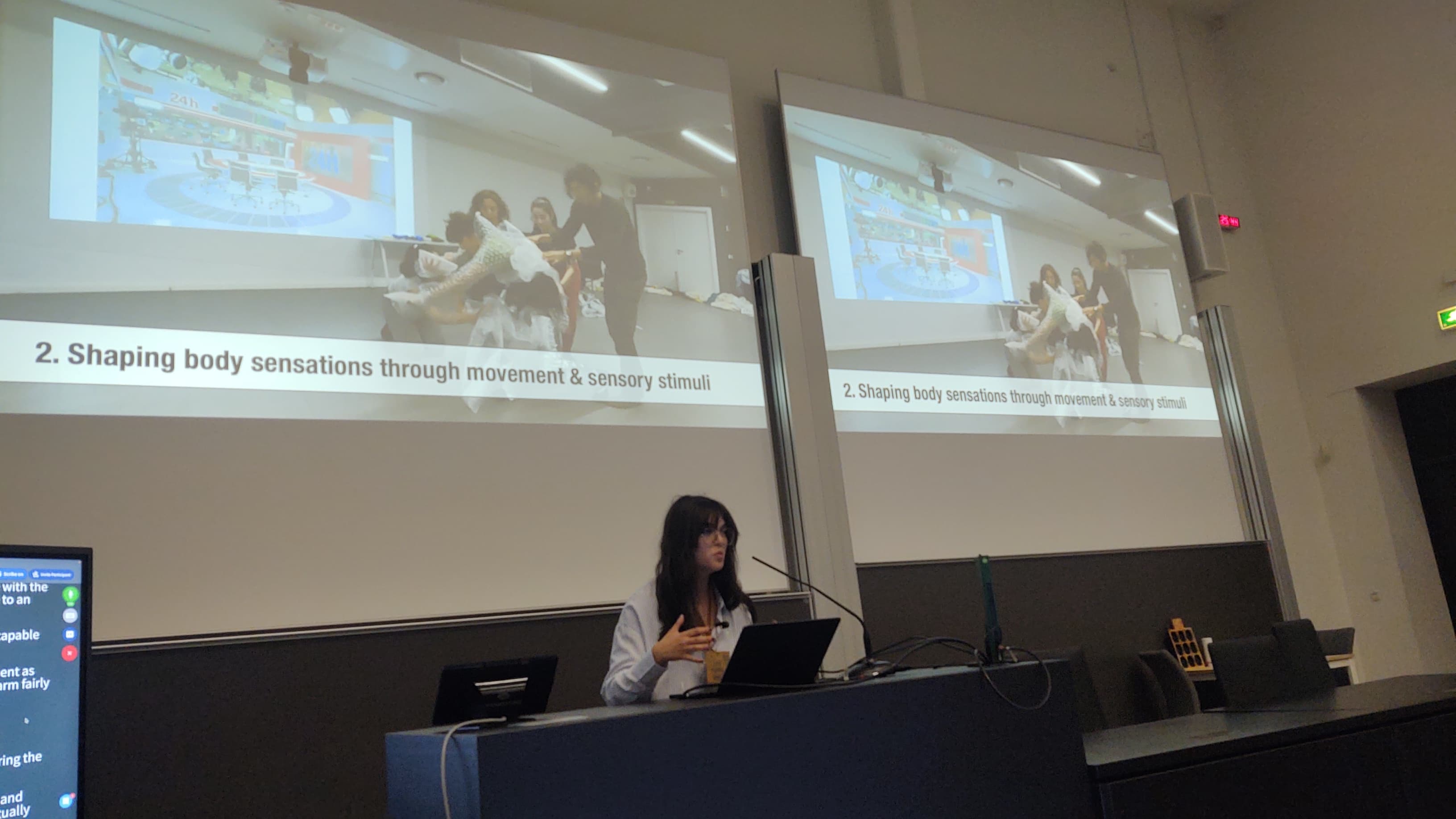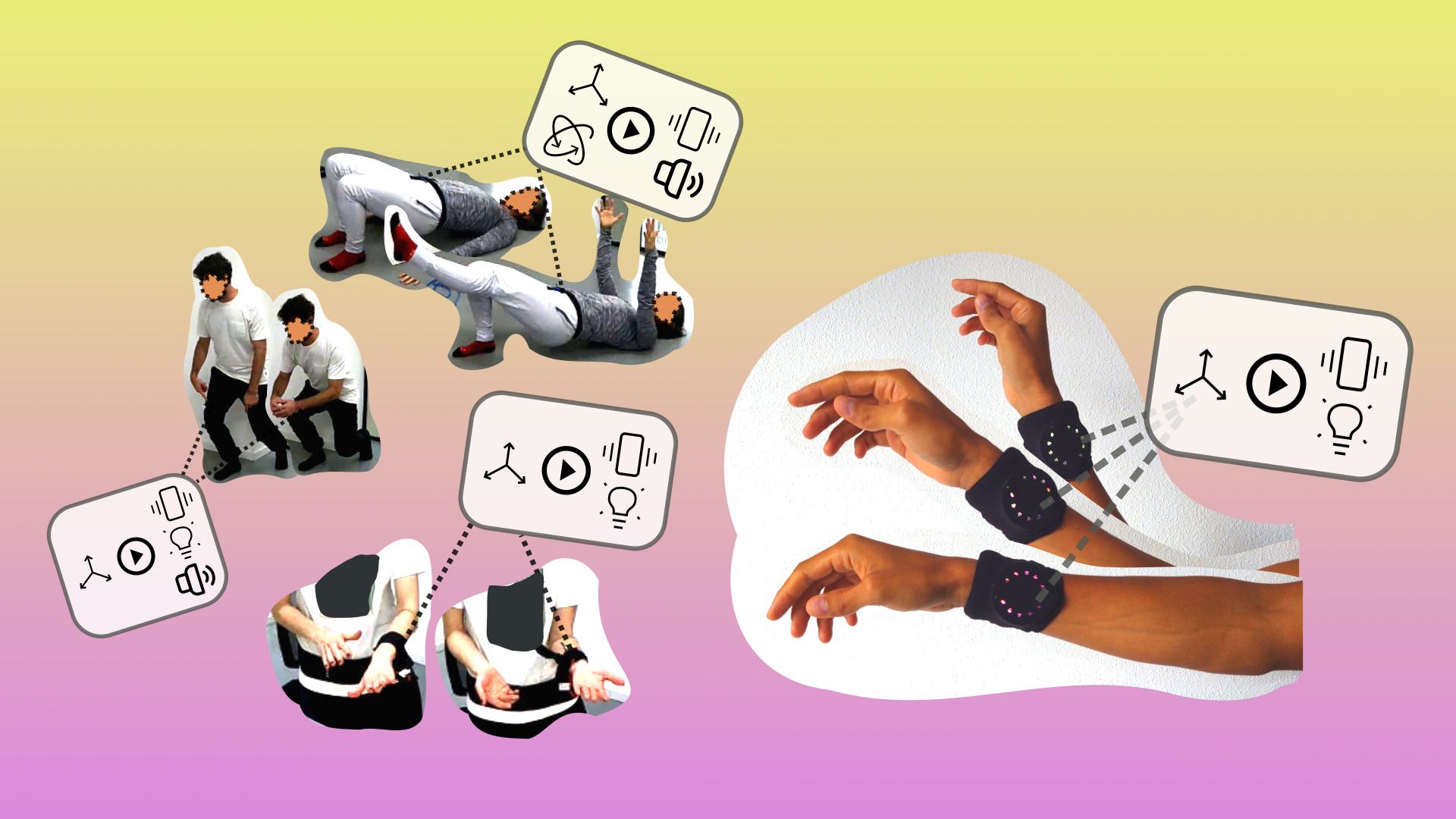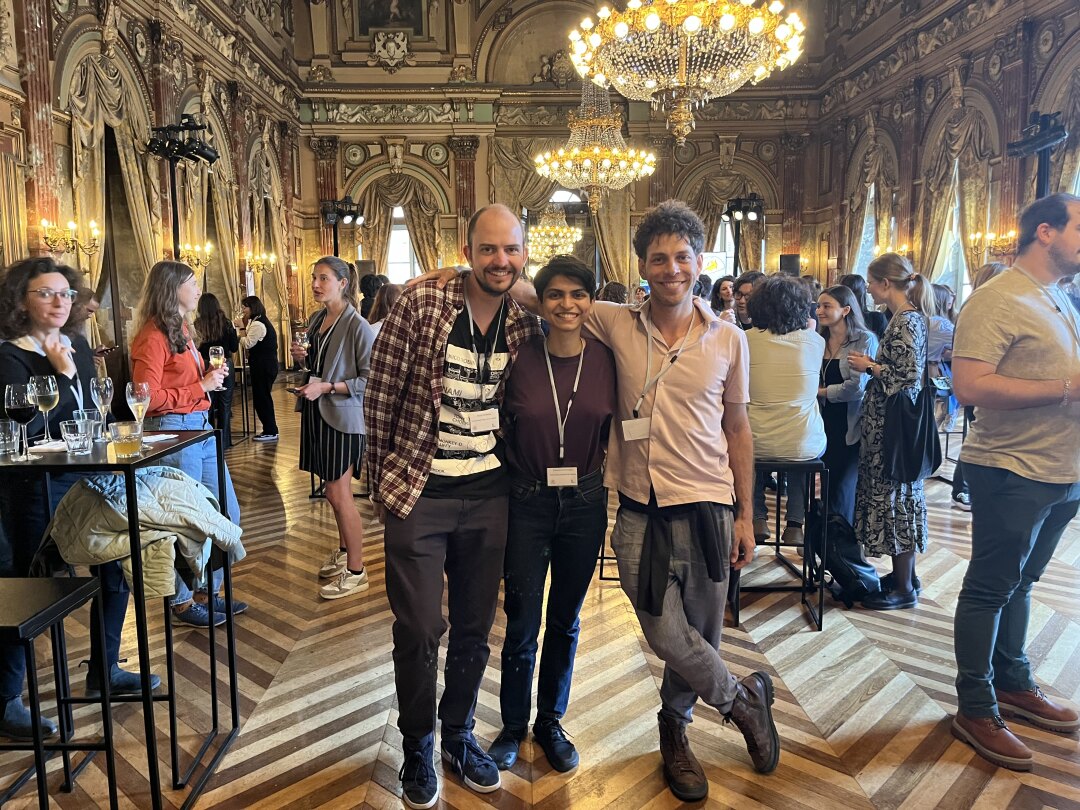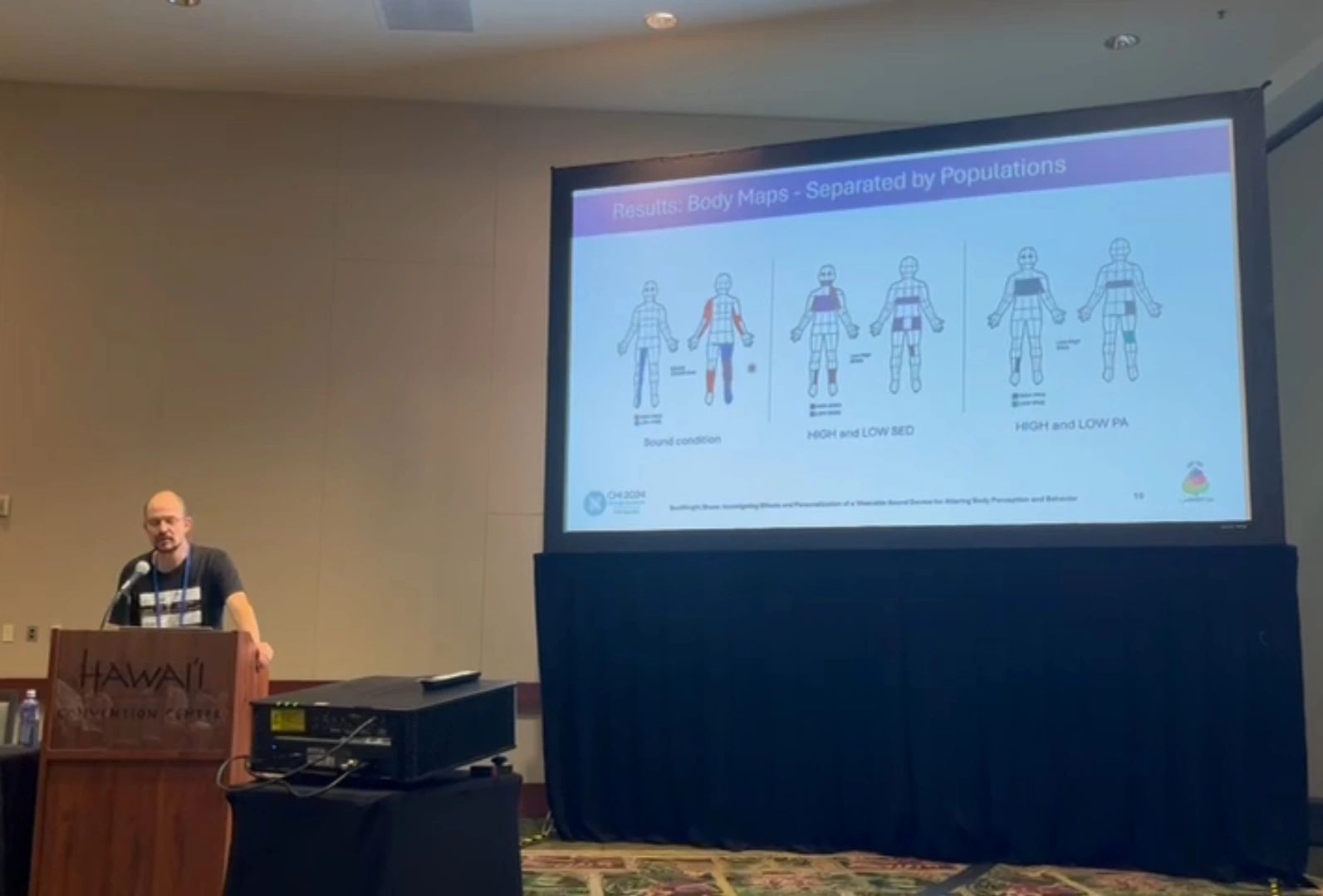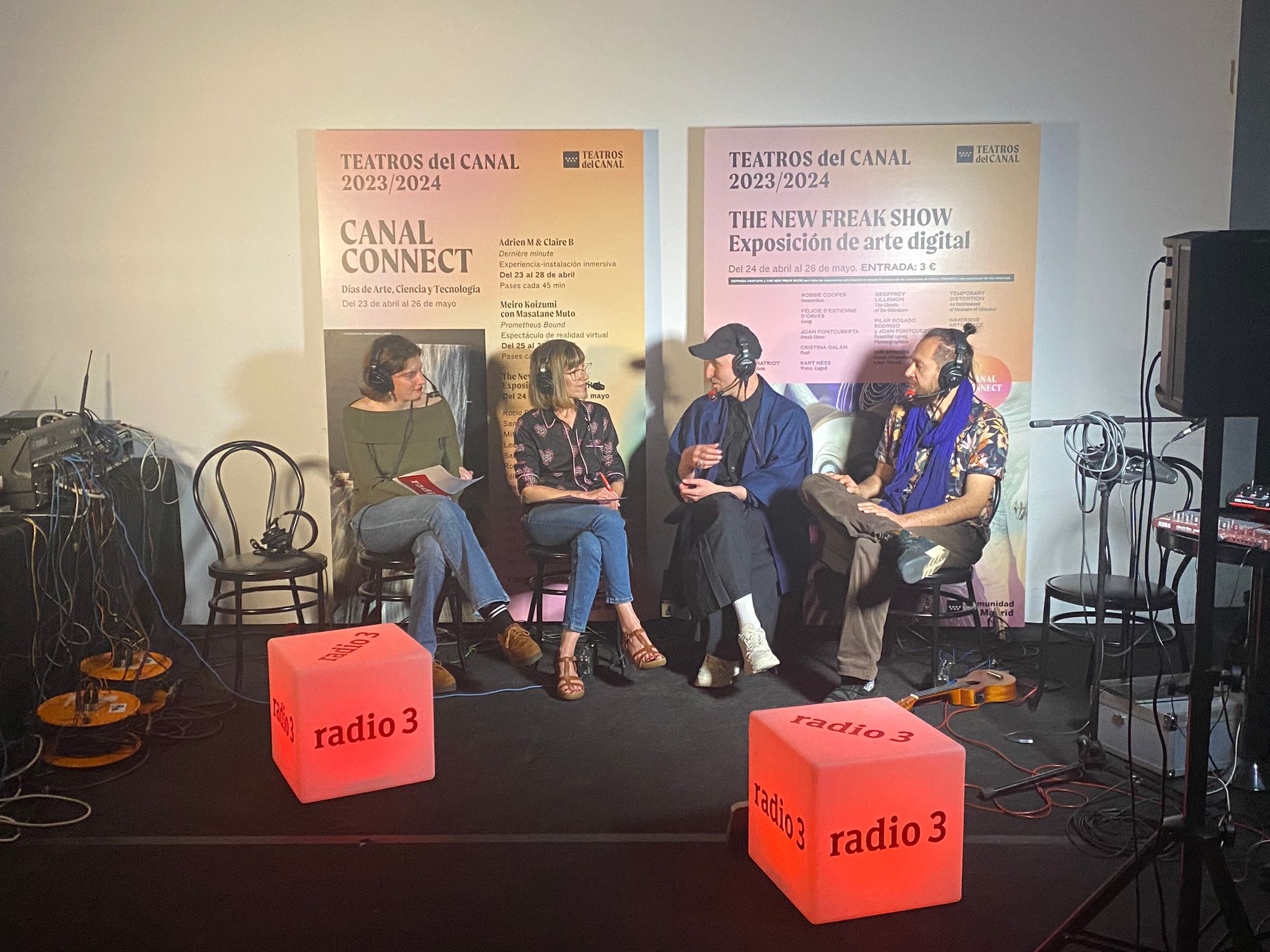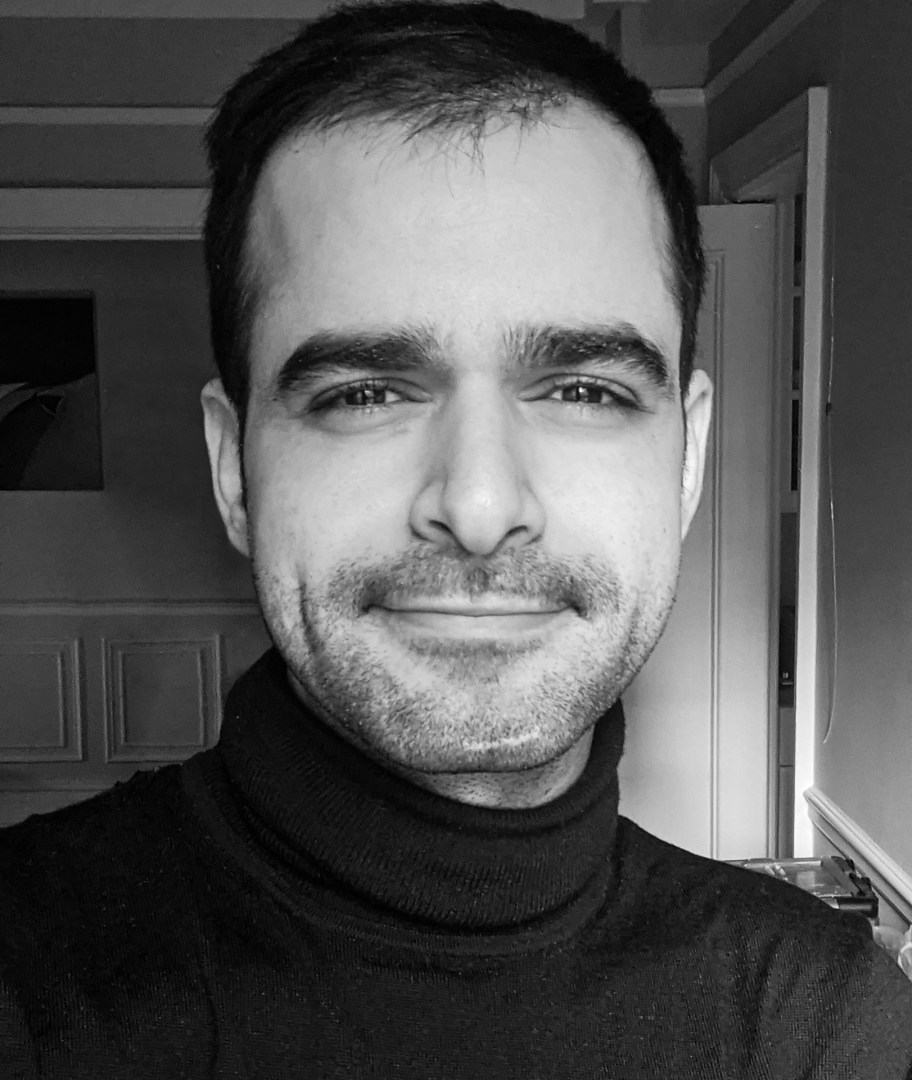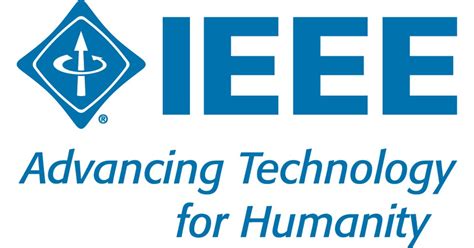Call for Participants: Paid Study on Technology and Body Perception (October–November 2024)
Would you like to help us in our research on technology and body perception?
We are looking for participants for our study on body perception where we use sound and a suit with sensors.
We are hiring! Pre-doctoral Position
We are hiring!
Pre-doctoral Position: Study of Sensory and Body Perception in Depressive Disorders using Wearable Technology and Machine Learning within the project “SENSEBEAT-DS: Sensory and Body Perception Evaluation in Depressive Symptomatology.”
European Researcher’s Night at i_mBody Lab – Noche de las Investigadoras e Investigadores
On Friday September 27th 2024, i_mBody Lab will host European Researcher’s Night at UC3M as part of the “Noche Europea de las Investigadoras e Investigadores
Participation in DIS 2024
Laia Turmo Vidal and José Vega-Cebrián participated in DIS2024, the ACM Conference on Designing Interactive Systems 2024 conference, which took place in ITU Copenhagen, Denmark,
Thesis Talks 2024
Amar D’Adamo and José Vega-Cebrián participated in the UC3M Thesis Talk 2024 contest, presenting the contexts and results of their theses in less than 4
Participation in ESCAN 2024
Amar D’Adamo, Marte Roel and Karunya Srinivasan participated in ESCAN 2024, the 7th bi-annual ESCAN (European Society for Cognitive and Affective Neuroscience) meeting which took
Participation in CHI 2024
Amar D’Adamo participated in the CHI Conference on Human Factors in Computing Systems (CHI ’24), in Honolulu, Hawaii (May 11-16). He presented the following paper:
Participation in Canal Connect 2024
Joaku (Joaquín R. Díaz) had a double participation in Canal Connect 2024, a festival for the intersections of the Arts, Science and Technology in Teatros
MH. Rahmani
Mohammad (MH) Rahmani is a PhD research candidate in Computer Science and Technology at UC3M, currently focusing on Embodied Perception through Interaction and Sensations.
Mohammad Mahdi Dehshibi is now an IEEE Senior Member
Mohammad Mahdi Dehshibi was promoted to the grade of IEEE Senior Member! This recognition reflects the exceptional collaboration with Mohammad’s dedicated students and esteemed senior
